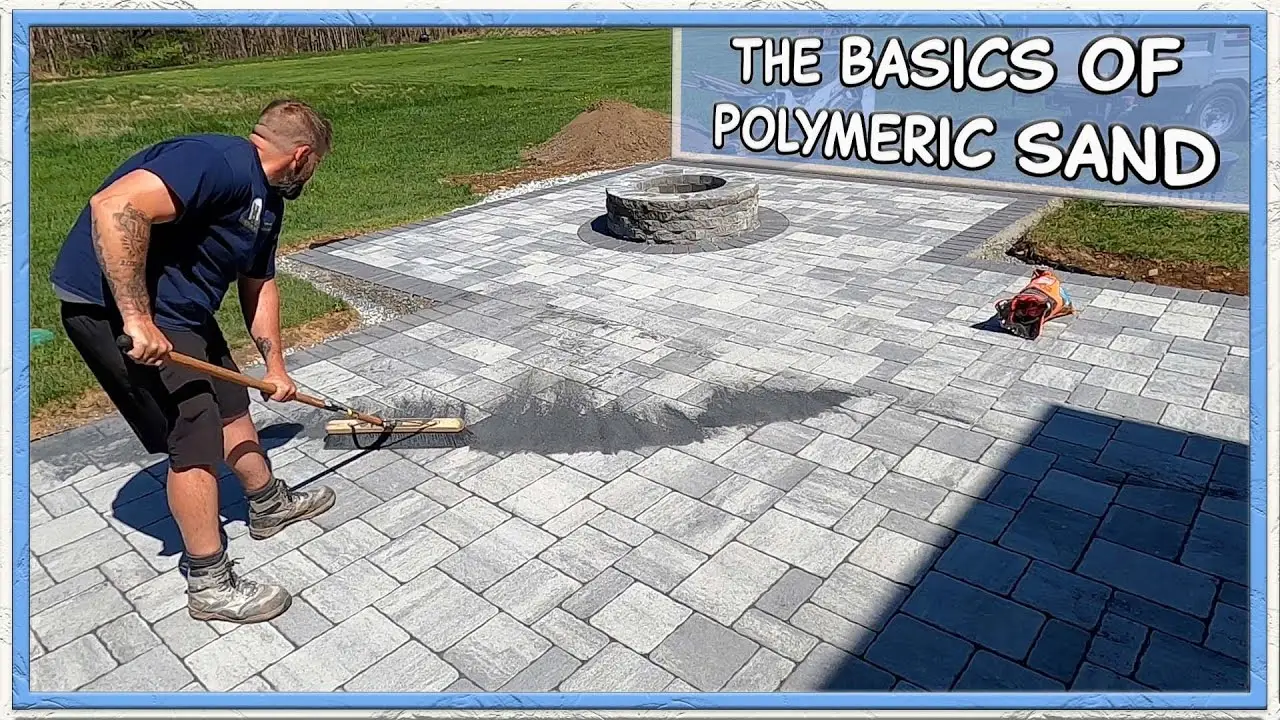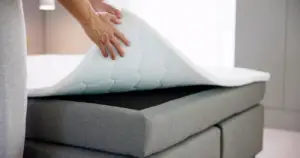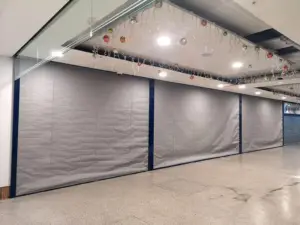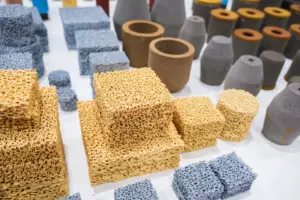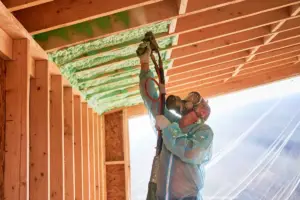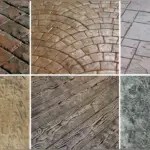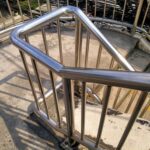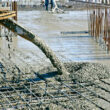Curing is the final process while installing pavers with polymeric sand. But curing is a critical process that can directly impact the quality and durability of the pavers. So, it is crucial to let the polymeric sand dry and cure. But how long does it take for the polymeric sand to cure?

Well, here’s our discussion on the polymeric sand:
The minimum drying time required for polymeric sand is 24 hours while it takes minimum of 12 hours to cure. But for the vehicular traffic is only allowed on pavers after 48 hours. So, it is wise to avoid foot and vehicular traffic during this process.
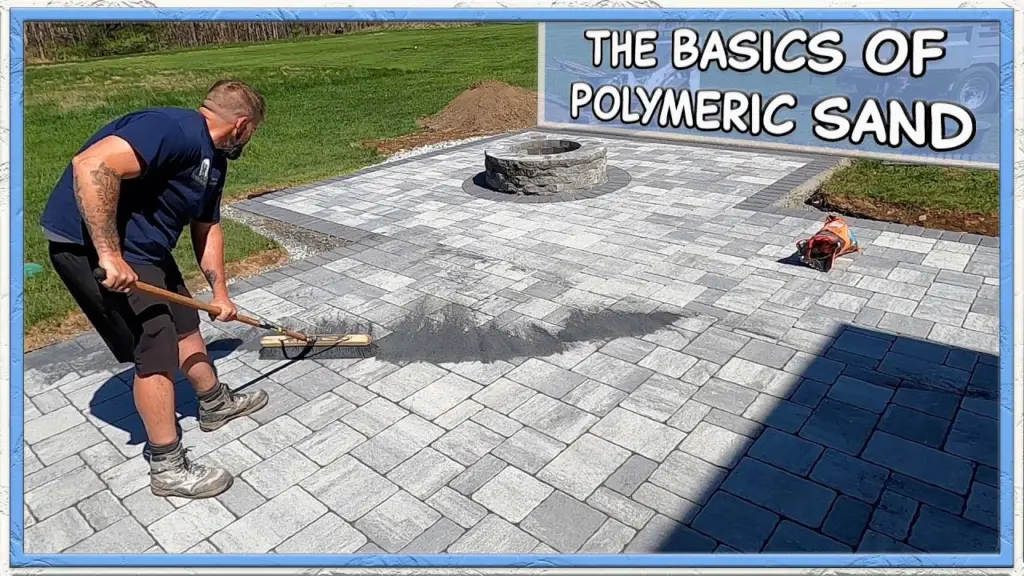
Polymeric Sand – How to use?
The word Poly refers to polymeric additives and sand refer to fine sand and the advanced mix of these two ingredients results in the formation of polymeric sand.
Traditionally, pavers’ installation for driveways, patios and walkways were made with regular sand. Once the paving stones are installed, the sand will be drawn into the joints of the paving stones.
Due to lack of adhesion in sand, it would allow leaching and create grass, weeds and ant hills. When properly laid, the polymeric additives activates and bind the joint of sand matrix in the paving stone joints.
Durability
The ability of polymeric sand to lock the paving stones together and hence allowing the joints to stay interconnected for the longer duration makes it the most durable as compared to tradition sand.
The traditional masonry sand is not quite capable of staying between the layers of pavers and washed out due to heavy rains. Polymeric sand proves itself to be strong, solid and dry and it prevents the growth of weeds, insects and anthills formation.
However, during the phenomenon of freeze and thaw, it prevents the cracking when subject to wet condition due to its relative flexibility.
Like Us on Facebook!
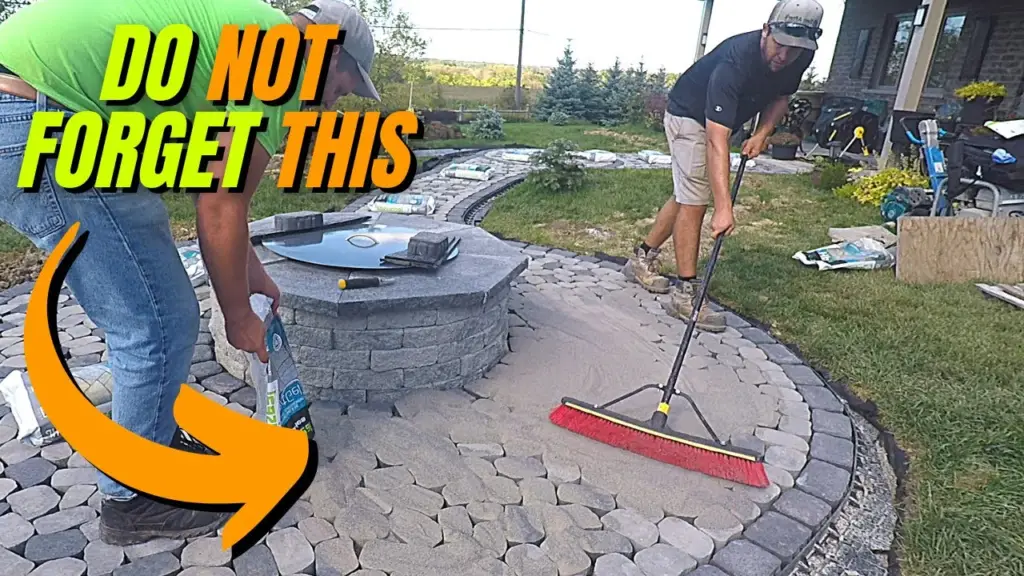
Filler Material
Polymeric sand acts as a filler material due to its interlocking ability derived from the reaction between polymeric additives and fine sand.
Subscribe Us on YouTube!
Reliability
Polymeric sand is highly reliable due to which it lasts for 10 years and even higher quality can last for more than 15 years. The efficient way of its installation in the pavers allows it to last for more than a decade. Ineffective curing methods can decrease its life span.
How it works?
Polymeric sand consists of fine sands containing adhesive agents, when these agents reacts with water it form a hard bond upon drying. This sand is capable to hold the pavers around it and on the completion of drying process, there is a smooth layer of sand that holds not only the pavers together but also as a result of strong interlocking they are unable to twist or skid away.
Also Read: How Double Glazing Can Help You Save Money on Your Energy Bills
Factors Effecting the Durability of Polymeric Sand
There are few factors that will contribute in decreasing the life span of polymeric sand. Details of which are given below:
how long does polymeric sand need to dry before rain?
The weather forecast is an important factor in the installing of polymeric sand. To start the curing process, initially water is needed but later on its presence is harmful for the polymeric sand. The initial drying of polymeric sand is an important factor for its long term durability that tends to indicate its longevity later on.
When it get rained, rain can seep at the bottom of sand and it is impossible for the polymeric sand to dry out completely, resultantly certain layers cure and others may not.
The surface of sand is first set to harden upon curing and the main problem is that if it sets first, then the moist bottom layers is difficult to cure.
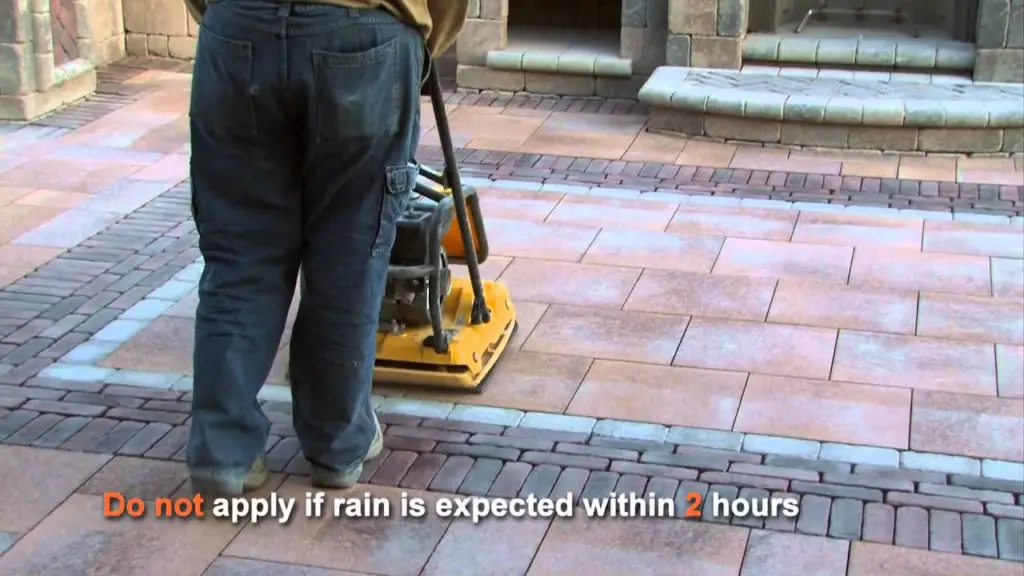
Installation of sand in the shade
The installation of polymeric sand in the shaded area can cause many problems. The curing time of standard polymeric sand is 01 hour and it may get longer in the shaded area because this area is moist as compared to other areas, resultantly curing time is increased in shaded area.
The bottom layers of sand is moist as compared to surface, due to dampness in this area.
Also Read: How to calculate cement sand and aggregate quantity in M15 concrete?
The paving stones (Patio) is lying incorrectly
It is important that the paving stones are completely level up and in lying of pavers it is quite helpful to avoid different pitches. If the pitch is towards one side, the water will collect in that particular area and upon drying of polymeric sand, it will take more time in drying as compared to other area, resultantly the entire project will fail.
Poor Compaction
It is a misconception that only pavers need compaction, polymeric sand needs proper compaction for its long term durability. As a result of improper compaction, sand holds the moisture and makes it fuzzier thus making curing impossible. Proper compaction leads to removal of air voids. The presence of air bubbles deteriorates the polymeric sand and decrease the lifespan of sand and the whole project itself.
Different colors of sand
Polymeric sand is available in variety of colors. Colors like Tan, Green, Brown, Black, White, and Grey etc. can go well with paving stones. The lifespan of polymeric sand is independent of usage of colors.
Time Required for the Polymeric Sand for Curing
The final step towards installation of polymeric sand is curing process, which has crucial impact on the material performance, so enough curing time is required for the material to gain strength. It normally takes 12 hours for the curing process and 24 hours for it to dry completely and avoiding vehicular traffic is a prerequisite for the sand to dry completely.
Also Read: Can you paint concrete pavers? (Including Staining)
Tools Required For Polymeric Sand
The following tools are required for laying of polymeric sand.
- Broom: It is helpful to move the sand back and forth to fill every gap in the paver stone and also for picking up sand after application
- Plate Compactor: It is helpful for compaction of sand which is one of the crucial step for strength of polymeric sand.
- Hose: It is helpful for watering process and to activate the polymeric sand.
- Blower: It is helpful in removing the remaining residue on the surface.
Further Read: Paving a Highway in Russia in No time [VIDEO]

